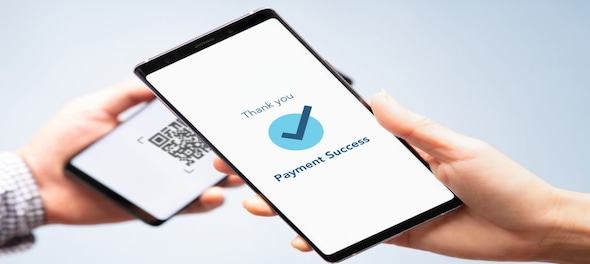
Micropayments or micro-transactions are emerging as a new source of revenue for digital publishers. Be it an OTT player or a gaming platform, users are open to making transitions starting at as low as Rs 10 for niche content on these platforms.
Sameer Barde, CEO of E-Gaming Federation says in the next three to five years the gaming industry is anticipating at least a doubling of non-real money gaming revenue. This growth will be led by micro payments where there'll be a lot more people spending on the pay-to-play model.
Explaining the transition Barde says, “A housewife who has gotten used to playing a casual game is now open to making a small payment on the app to unlock boosters because the ticket size of the transactions costs her less than a cup of tea. We are noticing this trend where a lot of casual gamers who are right now playing absolutely free or playing on ads are slowly migrating into one-off transactions.”
Also Read
Although micropayments are not new in the digital ecosystem, it is only in the last year or so that digital players have started taking it seriously. After the traffic surge on digital platforms happened in the last two years the next focus for publishers was monetisation.
While subscription and ad revenues dominated as the major monetization options, micropayment models were born out of the user’s loss of interest in ads and of course subscription fatigue where they didn’t want to commit to a long term membership for select content.
Enter micropayments where users made small transactions for the specific services they need at a particular time.
In fact, experts also suggest that micropayment helps in user retention and ultimately leads to more subscription and ad revenues.
Turns out, micro-transactions also led to the overall growth of brands.
“Since the start of the Covid-19 outbreak in 2019, two emerging sectors recorded unprecedented growth and adoption, the online interactive entertainment space and the digital Payments sector,” said an official spokesperson from social gaming and interactive entertainment platform WinZo.
WinZO recorded a 10x growth in 2020-21 to facilitate 2.5 billion micro-transactions per month on the platform.
Elaborating on the user profile the spokesperson said, “These were the people who were first-time smartphone users who gained access to the internet for the first time and craved for a medium to connect with others due to the series of lockdowns and finally started trusting digital payments.”
90 percent of the 80 million registered users on WinZo hail from Tier 2 to Tier 5 pockets of the Bharat market and nearly 80 percent of them consume content in 12+ vernacular languages, outside of English.
On average, every user of WinZO spends nearly Rs 300 a month on the platform.
The ticket size of micropayments however starts from as low as Rs 9-10. For instance, audio streaming service Pocket FM allows the purchase of in-app coins Rs 9 onwards. These coins are then used for consuming one or more episodes of their fiction audio series and also, buying audiobooks from their library.
Rohan Nayak, co-founder and CEO, of Pocket FM says they have finally managed to break the long-standing myth around Indians' unwilling to spend on digital content.
“Since our inception, we have been focused on sustainable and profitable growth and have been experimenting with multiple revenue streams. During one of such experiments, we launched a micropayment model for our listeners this February, which has turned out to be immensely successful,” Nayak said.
Their monthly revenue grew over 350 percent QoQ, and they are now bullish about this content monetization approach and may soon completely move away from the subscription model as over 80 percent of their revenue comes from content monetisation, led by micropayment.
Players across sectors that are otherwise free are now deriving a significant chunk of their revenues from small purchases and this revenue model is here to stay given the low attention cycle of users that prevents them from longer wait times for free content and also the long-term commitment of subscriptions.
(Edited by : Priyanka Deshpande)
First Published: Jul 12, 2022 6:33 PM IST
Check out our in-depth Market Coverage, Business News & get real-time Stock Market Updates on CNBC-TV18. Also, Watch our channels CNBC-TV18, CNBC Awaaz and CNBC Bajar Live on-the-go!


Inner Manipur Lok Sabha election: BJP and Congress face off in a bid for peace amid ethnic tensions
Apr 19, 2024 7:31 AM
Lok Sabha elections 2024: Assam's Jorhat to go to polls today
Apr 19, 2024 7:23 AM
Political battle brews in Arunachal West as Kiren Rijiju seeks fourth term
Apr 19, 2024 7:22 AM
Sriperumbudur Lok Sabha Election: DMK veteran TR Baalu faces fierce competition
Apr 19, 2024 7:14 AM

